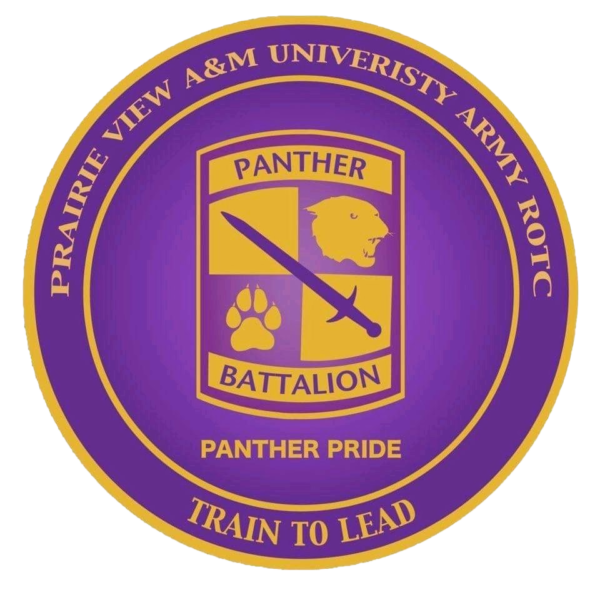Army ROTC

Founded in 1916, ROTC stands for Reserve Officer Training Corps. It’s a college program offered at over 1,700 colleges and universities across the United States that prepares young adults to become officers in the U.S. Military. In exchange for a paid college education and a guaranteed post-college career, cadets commit to serve in the Military after graduation and become an Officer in the U.S. Army to lead other soldiers in all situations and adjust in environments that are always changing. They are inspired and taught to achieve success on every mission through leadership and teamwork.
There are many reasons to explore the ROTC program. Some students join to fulfill the personal goal of following in the footsteps of a family member. Some join for the professional opportunities they will have upon graduation. Others are drawn to the ROTC programs out of a sense of patriotism and a desire to serve their country.
Those interested in joining the ROTC program should be:
- Dedicated to the program and their country
- Driven to succeed regardless of obstacles
- Disciplined enough to reach their goals
ROTC programs offer prospective and current college students benefits including but not limited to:
- An opportunity to develop technical and leadership skills
- A structured path to a career after college
- Specialized professional training for military officer positions after college
- Scholarships that cover tuition, fees, books, and other student necessities
- Long-term career guidance and continued professional education
ROTC scholarships provide these benefits in exchange for mandatory active duty service after a cadet completes his/her bachelor’s program. Questions can be answered by the ROTC recruiters, faculty and staff to assist students can make an informed decision. The ROTC recruiter can also provide information on the scholarships available and the time each individual cadet needs to commit to the program in order to meet his/her requirements.

